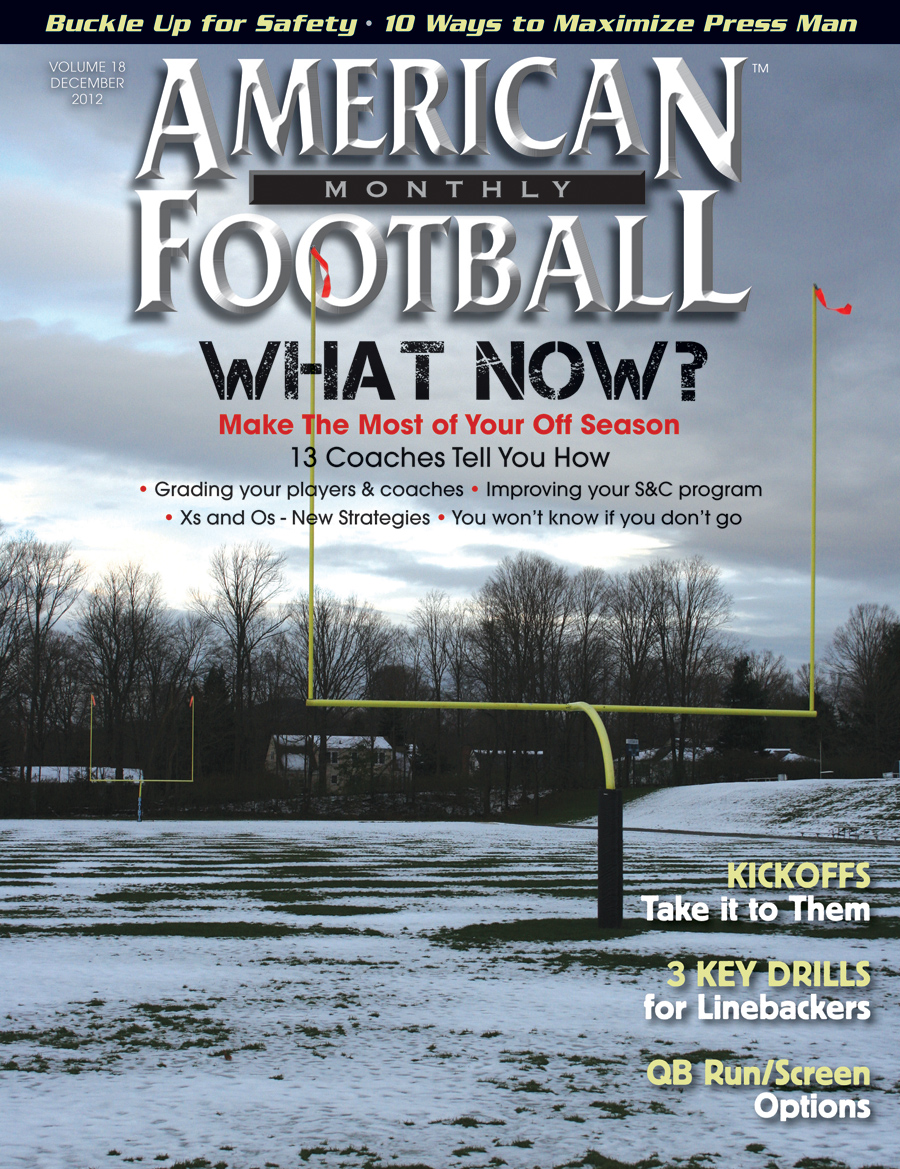Article CategoriesAFM Magazine
|
Quickness Drills - Essential for Quickness Developmentby: Dale BaskettFootball Speed Specialist © More from this issue Every coach wants players to play fast and quick. Can quickness be developed or is it just left to those who are genetically blessed. When I started speed training in 1979, every coach said you can’t teach speed. Today we’re talking about quickness, which is an aspect of speed. What if moving with electric transitions and ballistic quickness on the football field could be trained? I can’t say that every athlete on your team will be quick just because you trained them. I can say that you and I can teach them the technical aspects and equip them with the skills to develop quickness. Quickness results from contraction of muscle fiber at a rate that creates a muscle impulse that moves limb structure vey rapidly. Most athletes, unfortunately, can’t rely on such traits and are forced to live with what they....The full article can only be seen by subscribers.
|
|
|||||||
| HOME |
MAGAZINE |
SUBSCRIBE | ONLINE COLUMNISTS | COACHING VIDEOS |
Copyright 2025, AmericanFootballMonthly.com
All Rights Reserved





